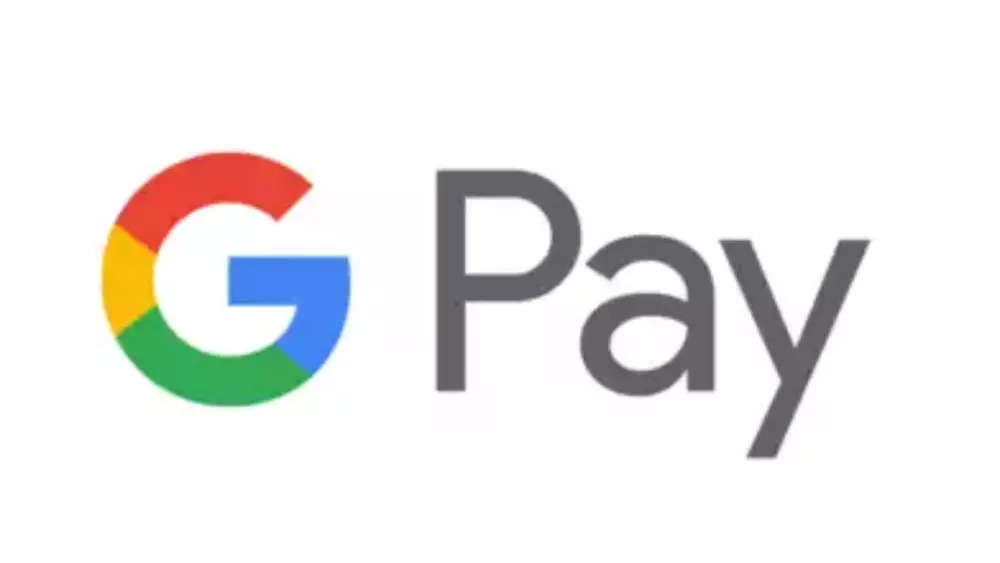Aadhaar: Google Pay gets Aadhaar-based authentication support for UPI: How to use it – Times of India
This feature is now available to bank account holders of select banks and the company said that more banks are expected to follow very soon. As UPI becomes accessible to more users, the new functionality is expected to help many more users set up UPI IDs and enable them to make digital payments.
How to use Aadhaar for UPI activation
Users who want to onboard UPI via Aadhaar are required to have:
- Their phone number registered with UIDAI and bank are the same, and
- Their bank account is Aadhaar linked.
Once they have done this, they can follow the steps below for onboarding:
- On Google Pay, users have the option to select between Debit card or Aadhaar based UPI onboarding.
- When they select Aadhaar, then users will need to enter the first six digits of their Aadhaar number to initiate the process.
- In order to complete the authentication step, users will enter OTPs received from UIDAI and their bank.
- Subsequently, their respective bank will complete the process and they can set their UPI PIN.
- Customers will then be able to use Google Pay app to make transactions or check balance.
Once a user enters the first six digits of an Aadhaar number, it is sent to UIDAI via NPCI for validation to ensure the safety of users’ Aadhaar number.
“The Aadhaar-based onboarding facility on UPI is provided to make it available to a greater number of users and further financial inclusion,” Google said.
As per the data by Unique Identification Authority of India (UIDAI), over 99.9% of the adult population in India have an Aadhaar number and use it at least once a month.
“We are thrilled to announce UPI activation using Aadhaar-based OTP authentication on Google Pay, bringing simplicity and convenience to our users,” said Sharath Bulusu, director of product management from Google.
“Aligned with the Government’s vision to drive financial inclusion, this feature will further strengthen our efforts to drive deeper penetration for digital payments in India,” Bulusu added.
The company also said that Google Pay does not store the Aadhaar number and acts as a facilitator in sharing the Aadhaar number with the NPCI for validation.
function loadGtagEvents(isGoogleCampaignActive) { if (!isGoogleCampaignActive) { return; } var id = document.getElementById('toi-plus-google-campaign'); if (id) { return; } (function(f, b, e, v, n, t, s) { t = b.createElement(e); t.async = !0; t.defer = !0; t.src = v; t.id = 'toi-plus-google-campaign'; s = b.getElementsByTagName(e)[0]; s.parentNode.insertBefore(t, s); })(f, b, e, 'https://www.googletagmanager.com/gtag/js?id=AW-877820074', n, t, s); };
window.TimesApps = window.TimesApps || {}; var TimesApps = window.TimesApps; TimesApps.toiPlusEvents = function(config) { var isConfigAvailable = "toiplus_site_settings" in f && "isFBCampaignActive" in f.toiplus_site_settings && "isGoogleCampaignActive" in f.toiplus_site_settings; var isPrimeUser = window.isPrime; if (isConfigAvailable && !isPrimeUser) { loadGtagEvents(f.toiplus_site_settings.isGoogleCampaignActive); loadFBEvents(f.toiplus_site_settings.isFBCampaignActive); } else { var JarvisUrl="https://jarvis.indiatimes.com/v1/feeds/toi_plus/site_settings/643526e21443833f0c454615?db_env=published"; window.getFromClient(JarvisUrl, function(config){ if (config) { loadGtagEvents(config?.isGoogleCampaignActive); loadFBEvents(config?.isFBCampaignActive); } }) } }; })( window, document, 'script', );
For all the latest Technology News Click Here


